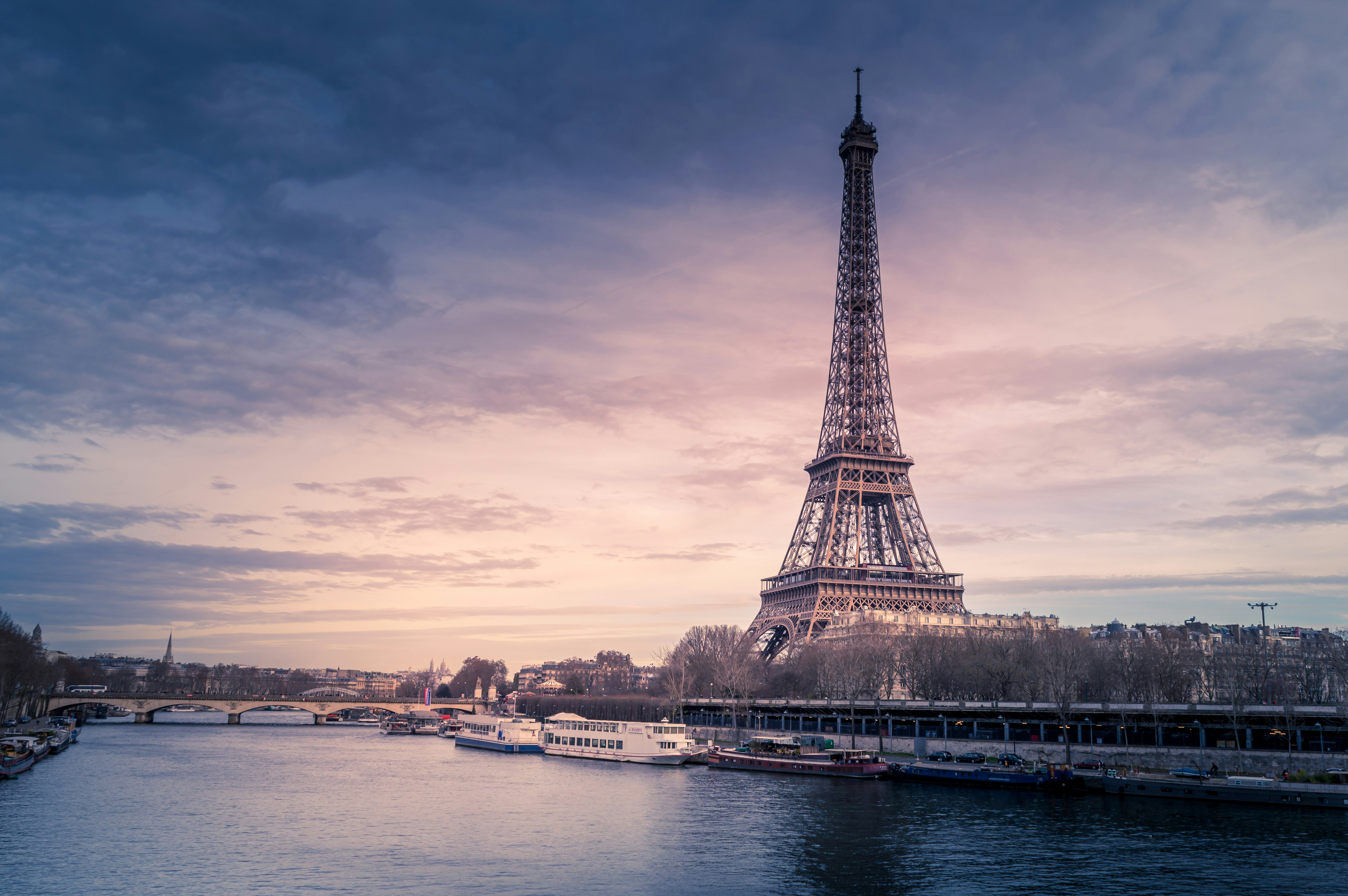About this place
# Eiffel Tower ## Overview The Eiffel Tower, an iconic symbol of France, is located in Paris and is one of the most recognizable structures in the world. Named after the engineer Gustave Eiffel, whose company designed and built the tower, it was constructed as the entrance arch for the 1889 Exposition Universelle (World's Fair) held to celebrate the 100th anniversary of the French Revolution.
Design and Construction- **Height:** Originally 300 meters (984 feet), now 330 meters (1,083 feet) due to the addition of antennas.
- **Material:** Wrought iron.
- **Construction Period:** 1887-1889.
- **Architect:** Stephen Sauvestre.
- **Engineers:** Maurice Koechlin and Émile Nouguier, under Gustave Eiffel.
Features
The Eiffel Tower has three main levels accessible to the public:
- **First Level:** Features exhibitions, a glass floor, and shops.
- **Second Level:** Offers dining options like the renowned restaurant Le Jules Verne.
- **Third Level:** The summit, providing panoramic views of Paris.
Cultural Impact
The Eiffel Tower has become a global cultural icon and a symbol of architectural innovation. It attracts millions of visitors annually and is one of the most photographed landmarks in the world. It has also appeared in countless films, books, and works of art, embodying the romance and beauty of Paris.
Fun Facts- During its construction, the Eiffel Tower was the tallest man-made structure in the world until the completion of the Chrysler Building in New York in 1930.
- The tower can sway slightly in the wind and expand in the heat of the sun.
- Over 7 million visitors ascend the Eiffel Tower each year.
Visiting Information
The Eiffel Tower is open daily, with extended hours during the summer. Tickets can be purchased online or at the site, with options for stair or elevator access to the different levels.
For more information, visit the official Eiffel Tower website.
